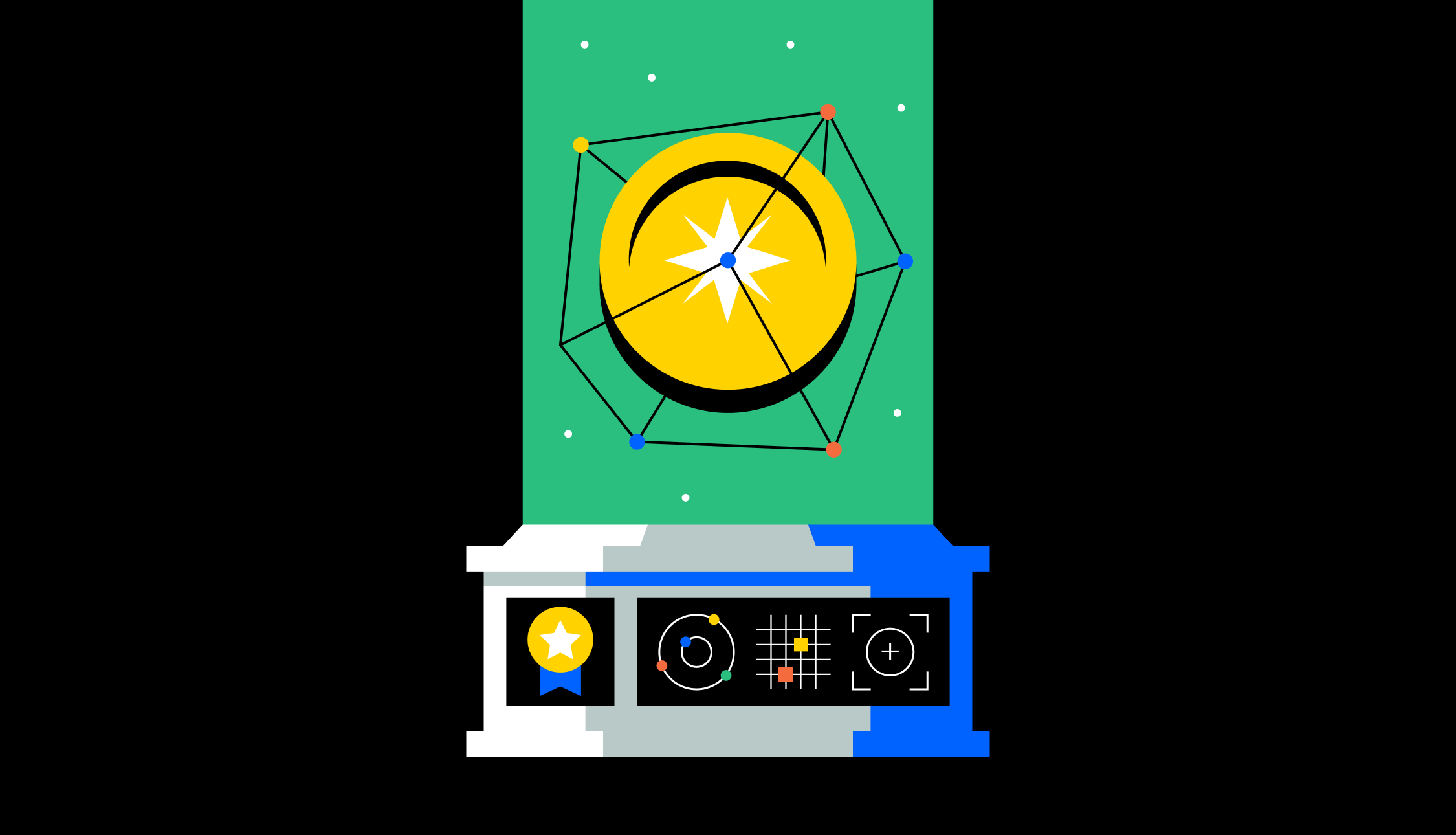Tech Tips
Is Bitcoin Money? A Detailed Analysis of the Cryptocurrency Phenomenon

Is Bitcoin Money? A Detailed Analysis of the Cryptocurrency Phenomenon
Chapter 1. What is bitcoin?
Bitcoin is a type of digital legal tender where records of transactions are kept in good condition and new units of money are formed by the computerized resolution of arithmetic challenges, and this works separately, without the external help of a central bank.
You would rather say, it depends on peer-to-peer software and cryptography. A public ledger records and maintains all bitcoin transactions and copies are stored on servers around the world.
It was Launched in 2009 by a developer named Satoshi Nakamoto. Satoshi Nakamoto is presumed to be a fictitious name for the person or persons who created bitcoin, incepted the bitcoin white paper, and developed and initiated bitcoin’s original reference accomplishment. As part of the execution, Nakamoto also created the first blockchain database.
Is Bitcoin Money?
Yes, Bitcoin is a form of digital money that eradicates the need for central powers that be such as banks or governments.
Bitcoins are not physical money like dollars nor are they acknowledged as an exchangeable currency by central banks or monetary authorities rather they are virtual currency.
It doesn’t exist in the kind of physical form that the currency & coin we’re used to in existence., Which is known widely as the first cryptocurrency.
See Also: Dogecoin: How To Mine, Complete Guide To Earn On PC/Mobile.
How Does a Bitcoin Transaction Work?
Bitcoin transactions are like messages, and emails, which are digitally signed using cryptography and sent to the entire Bitcoin network for verification.
A transaction is a transfer of value between Bitcoin wallets that gets included in the blockchain.
There are three (3) major variables in any bitcoin transaction which are the amount, an input, and an output. The input is the address from which the bitcoin is sent, and the output is the address that receives the currency.
if you initiate a transaction that’s worth less than the total amount in your address/ wallet, you get your change back not to your original address, but through a new third address in your control.
This means your wallet typically ends up containing multiple addresses, and you can pull funds from these addresses to make subsequent transactions.
You’ll need your private key ( A private key shows ownership of a blockchain address in cryptocurrency transactions. They are used to create digital signatures that can easily be verified, without revealing the private key.

Is Bitcoin Money?
However, A private key is an extremely large number that is used in cryptography, which is also known as a password.) and a public key (A public key is a cryptographic code used to facilitate transactions between parties, allowing users to receive cryptocurrencies in their accounts.) These (Private and public keys) are needed to issue a transaction.
A signature is generated from your private key to announce this transaction to the network for validation.
The network needs to confirm that you own the bitcoin being transferred and that you haven’t spent it by checking all previous transactions which are public on the ledger.
Once the bitcoin program verifies that indeed your private key corresponds to the provided public key, your transaction is confirmed.
Then, this transaction is automatically added to a Block that attaches itself to the previous block in the network and added to Blockchain.
Transactions can’t be tampered with, because it would require re-doing all the blocks that came after. Every transaction in the blockchain has a unique identifier called a transaction hash (txid), it contains a 64-character string of different letters and numbers.
You can track a particular transaction by typing this txid in the search bar on the blockchain explorer.
Chapter 2. Historical Perspective
Bitcoin was first initiated in 2008 as a decentralized fiat without the need for a central bank or any middlemen. It can be sent to and from users via the bitcoin network, a peer-to-peer network in which transactions are validated by nodes and documented on a blockchain.
In 2009, Bitcoin was first utilized after it was released as open-source software at what time Nakamoto mined the starting block of the blockchain. This is known to be the Genesis Block, and it includes the first 50 Bitcoins ever developed.
Consequently, Bitcoin mining continued to be mined by other early contributors until 2010. That’s when programmer Laszlo Hanyecz made the first known commercial transaction using the cryptocurrency through the purchase of two Papa John’s pizzas for 10,000 Bitcoins. (Fun fact: That amount of Bitcoin is worth over $300 million as of this writing).
Since then, Bitcoin has been traded hundreds of millions of times, with the earliest major transactions occurring in black markets. The largest of these was Silk Road, which traded nearly 10 million Bitcoins during its existence.
Chapter 3. Currencies are Social Constructs – Bitcoin
Many would ask, is Bitcoin a social construct? Yes. Social constructs can be defined as things that aren’t in existence in objective reality, and since bitcoin clearly doesn’t, it’s a social construct.
Chapter 4. Cryptocurrency Vs Fiat Currency
A cryptocurrency is a digital currency that is secured by cryptography, and this makes it nearly impossible to counterfeit. Unlike fiat money, is a government-issued currency, that can be used to buy goods and pay for services.
What Are Its Similarities?
Both these forms of currency predominantly draw their worth from the vast assent they have around the globe. More adoption means increasing its reliability.
They are also divisible. Unlike fiat money, crypto coins are largely used to pay for services or buy things. They can also be given as a gift used as a store of value.
See Also:
Conclusion
The definition of value in a legal tender has evolved over centuries from physical qualities to the momentum of its use in an economy.
Bitcoin indicates some features of a legal tender, however, its primary source of worth lies in its limited supply and increasing demand.
Bitcoins are not physical money like dollars nor are they acknowledged as an exchangeable currency by central banks or monetary authorities rather they are virtual currency.















